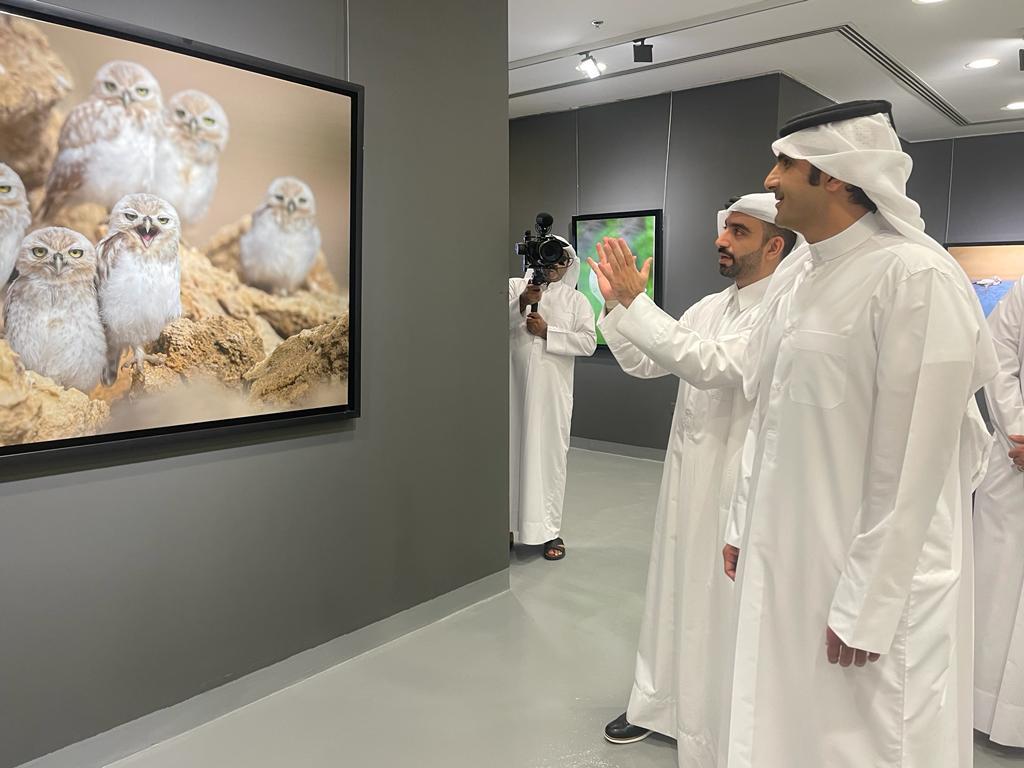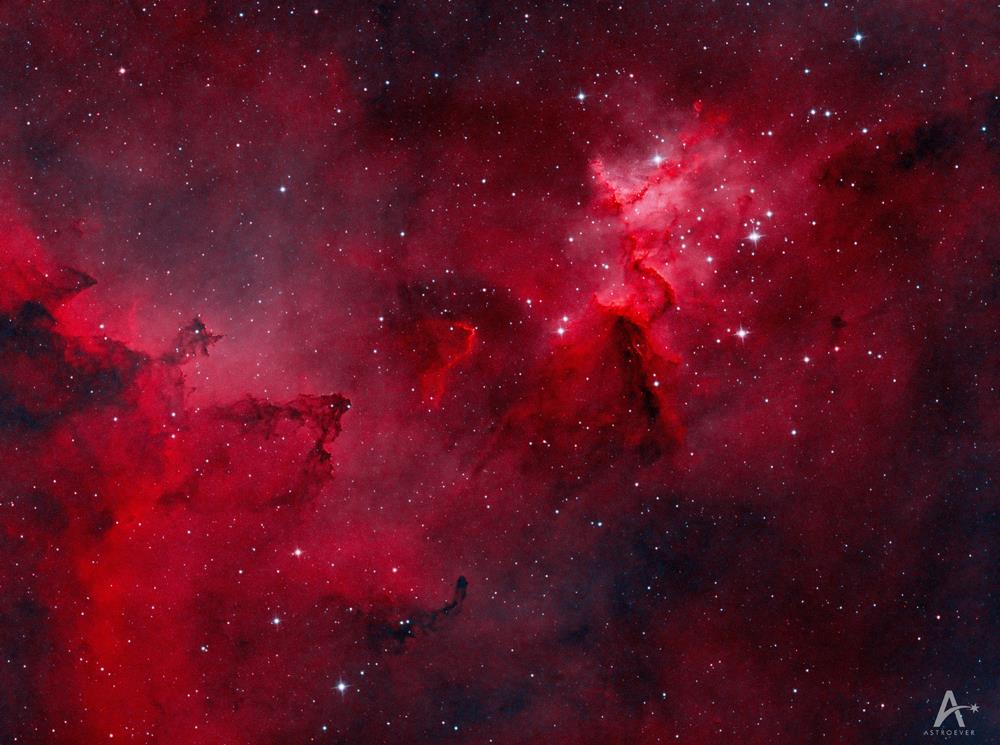(MENAFN- IANS) By Vishal Gulati
Kullu (Himachal Pradesh), Jan 11 (IANS) For him wildlife photography in the western Himalayas is a passion that helped understanding the habitat of the brilliantly coloured western tragopan, an elusive bird listed in the Red Data Book of the International Union for Conservation of Nature (IUCN), a compendium of species facing extinction.
He’s Vinay Kumar Singh, posted in the Great Himalayan National Park (GHNP) in Himachal Pradesh’s Kullu district, a UNESCO World Heritage Site, as a forest guard.
His two extensive documentaries on western tragopans shot in the GHNP are assisting park authorities and scientists in determining where this species is found, how they interact with their surroundings and potential threats to them.
‘The documentation can help researchers to improve knowledge about this elusive species that is hard to see as they reside in the higher elevations of the Himalayas,’ Kumar, who loves filming wild animals while performing the duty, told IANS.
He trekked rugged and inaccessible areas of the Sainj Valley several times by remaining separated from home and family for weeks for wildlife photography.
One of his documentaries, ‘Story of the Western Tragopan’, was made to jury selection last month in the Nature in Focus Films Award under the Emerging Talent (Natural History) category.
Kumar said he was getting the chance to visit the Sainj Valley, the habitat of the western tragopan, and some unexplored areas of the GHNP continuously for the past few years.
‘During my duty, I got the opportunity to come across some rare creatures. Some of them I manage to capture on my camera.’
The park, known for its significant size of 1,171 sq. km, is untouched by a road network and has four valleys — Tirthan, Sainj, Jiwa Nal and Parvati.
For him, seeing them in their natural habitat is a life-time experience.
‘Due to extreme tough topography, it is not easy to spot the wildlife in nature as the habitat of some of the mammals is high rocky cliffs, while some are found in dense forests. I keep on trekking in the interiors of the GHNP along with Khem Raj, who lives in the eco-zone of the national park and has interest in seeing the wildlife in forests. In this way, together we were able to spot many species in the GHNP,’ an elated Kumar told IANS.
Both Kumar and Khem Raj have photographed about 150 of the 209 bird species found in the GHNP.
The bird that attracted their attention most was the western tragopan, which was the least studied bird in the world owing to the tough topography of its habitat and being a shy bird.
Kumar said spotting the western tragopan in nature is not easy as its population is naturally less compared to other bird species.
‘You can see Himalayan monal flying here and there. Other pheasant species like koklass, white-crested kalij and cheer can also be heard and seen in the forest, but not the western tragopan that lives in a special habitat compared to all these. We have to locate special places where it lives,’ he said.
Human disturbances during the western tragopan breeding season are one of the main threats to the western tragopan, identified by their black plumage with white spots and a colourful head.
In the local language, the western tragopan is called Jujurana or king of birds. It is the state bird of Himachal Pradesh and belongs to the family Phasianidae, which also includes the peafowl and the red jungle fowl.
Wildlife experts attribute the downfall of the western tragopan to habitat degradation, hunting and extensive grazing of the forest by livestock.
The Daranghati Wildlife Sanctuary, located in Sarahan in Shimla district, and the Great Himalayan National Park are the potential western tragopan habitats.
According to the 2022 survey conducted by the national park authorities, the population of the western tragopan is on the rise.
They are annually surveying the GHNP during its breeding season (April-May).
It inhabits upper temperate forests between 2,400 and 3,600 m during summer, and in winter, dense coniferous and broad-leaved forest between 2,000 to 2,800 m elevations.
Call counts and line transects are used to assess current abundances and gather information on the characteristics of this species in the wild. Tragopan males began their breeding calls in late April and continued through May.
Divisional Forest Officer (DFO) Nishant Mandhotra, who is in-charge of GHNP, told IANS that the presence of the western tragopan could now be felt more clearly in the national park with its numbers multiplying, and so has its sightings.
He said the density of the western tragopan in the park was four birds per station in last year’s census. Eighteen stations in the Tirthan, Sainj and Jiwa Nal ranges were shortlisted for recording call counts.
The GHNP, notified in 1999, is home to 209 bird species.
One of the richest biodiversity sites in the western Himalayas, the park supports the snow leopard, the Tibetan wolf, the Himalayan brown and black bear, the Himalayan blue sheep, the Asiatic ibex, the red fox, the weasel and the yellow throated marten.
The small mammals include the grey shrew, a small mouse-like mammal with a long snout, royal mountain vole, Indian pika, giant Indian flying squirrel, porcupine and the Himalayan palm civet, besides nine amphibians and 125 insects.
(Vishal Gulati can be contacted at )
–IANS
vg/sha





